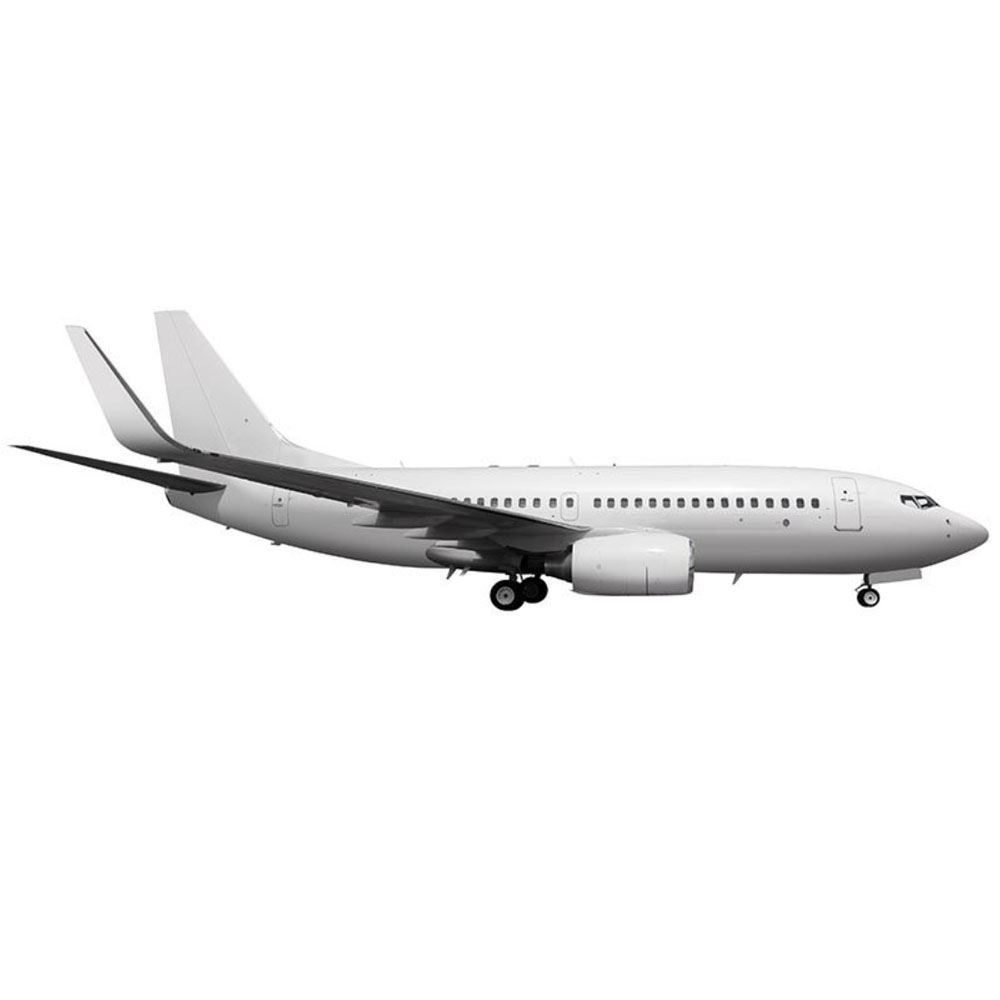The Evolution of Passenger Planes

The journey of passenger air travel has been marked by incredible advancements, from the rudimentary beginnings of the early 20th century to the sophisticated, high-capacity aircraft of today. This evolution is a testament to human ingenuity, with each generation of aircraft pushing the boundaries of technology and design to deliver increasingly efficient, comfortable, and safe travel experiences.
Early Days of Passenger Flight
The early days of passenger air travel were characterized by small, fragile aircraft with limited range and capacity. These pioneering machines, like the Wright Flyer and the Blériot XI, were largely experimental and primarily used for short-distance flights. The first commercial passenger flight took place in 1914, with a Benoist flying boat carrying passengers across Tampa Bay, Florida. However, the development of passenger air travel was significantly hampered by the outbreak of World War I, which diverted resources and attention away from civilian aviation.
The Rise of the Biplane
Following the war, the aviation industry experienced a resurgence, with the biplane emerging as the dominant aircraft type for passenger transport. Biplanes, with their two sets of wings, offered increased lift and stability compared to early monoplanes. The 1920s and 1930s saw the introduction of iconic biplanes like the Ford Trimotor and the Douglas DC-3, which revolutionized air travel by offering greater capacity, range, and comfort. These aircraft were instrumental in establishing major airlines and connecting distant cities, paving the way for the modern era of air travel.
The Introduction of the Monoplane and Jet Engines
The late 1930s and early 1940s witnessed the rise of the monoplane, which offered improved aerodynamic efficiency and greater speed compared to biplanes. The Douglas DC-4, introduced in 1942, was one of the first successful monoplane airliners, ushering in a new era of passenger transport. However, the most significant breakthrough in passenger aviation came with the development of the jet engine. The de Havilland Comet, the world’s first commercial jet airliner, entered service in 1952, revolutionizing air travel by offering significantly faster flight times and reduced travel durations. The introduction of jet engines marked a turning point in the evolution of passenger planes, ushering in a new era of speed, efficiency, and comfort.
The Evolution of Wide-Body Jets
The 1960s and 1970s saw the development of wide-body jets, which offered significantly greater capacity and range compared to earlier aircraft. These aircraft, like the Boeing 747 and the McDonnell Douglas DC-10, were designed to accommodate hundreds of passengers, making air travel more accessible and affordable. Wide-body jets revolutionized long-haul travel, enabling airlines to connect distant cities and continents with unprecedented efficiency.
The Age of Advanced Technology
Modern passenger planes are marvels of engineering, incorporating advanced technology to enhance safety, efficiency, and comfort. The use of composite materials, like carbon fiber, has led to lighter and stronger aircraft, reducing fuel consumption and emissions. Fly-by-wire systems, which use electronic controls to manage aircraft flight, have improved safety and precision. Advanced avionics and navigation systems have enhanced flight safety and efficiency, while in-flight entertainment systems have transformed the travel experience for passengers.
Impact on Travel Experiences, Passenger plane
The evolution of passenger planes has had a profound impact on travel experiences. Early flights were often uncomfortable and unpredictable, with limited amenities and safety features. The introduction of pressurized cabins, improved seating, and in-flight entertainment systems has significantly enhanced passenger comfort and convenience. The increased speed and efficiency of modern aircraft have made air travel more accessible and affordable, connecting people and cultures across the globe.
Key Advancements in Safety Features
Passenger safety has been a paramount concern throughout the evolution of passenger planes. Early aircraft were prone to accidents due to mechanical failures, weather conditions, and lack of safety features. Over the years, advancements in technology and design have significantly enhanced aircraft safety. The development of robust safety systems, like anti-lock braking systems, ground proximity warning systems, and flight data recorders, has helped prevent accidents and improve passenger safety.
The Future of Passenger Planes
The future of passenger planes is likely to be shaped by a continued focus on sustainability, efficiency, and passenger comfort. The development of new technologies, like electric and hybrid propulsion systems, could lead to a significant reduction in emissions and fuel consumption. The integration of artificial intelligence and autonomous systems could further enhance safety and efficiency, while advancements in cabin design and entertainment systems could revolutionize the travel experience. The evolution of passenger planes is an ongoing process, driven by the relentless pursuit of innovation and the desire to provide safe, efficient, and comfortable travel experiences for passengers around the world.
Passenger planes are marvels of engineering, connecting people and cultures across the globe. However, tragedies like the ATR 72 crash serve as stark reminders of the inherent risks involved in air travel. Understanding the causes of such incidents is crucial for ensuring the safety of passengers and enhancing the reliability of these vital modes of transportation.
Ever wondered what it’s like to be a pilot, soaring through the clouds in a passenger plane? It’s a world of precision and responsibility, just like the task of moderating a presidential debate. Speaking of which, have you seen who is moderating the next presidential debate?
Find out here. Just like a pilot guides a plane, a moderator steers the conversation, ensuring a fair and engaging exchange of ideas. Back to passenger planes, did you know that the average commercial jet can hold over 200 passengers?
It’s quite a sight to see them take off and land!
